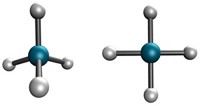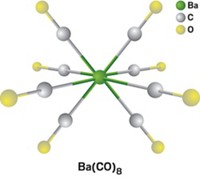Advertisement
Grab your lab coat. Let's get started
Welcome!
Welcome!
Create an account below to get 6 C&EN articles per month, receive newsletters and more - all free.
It seems this is your first time logging in online. Please enter the following information to continue.
As an ACS member you automatically get access to this site. All we need is few more details to create your reading experience.
Not you? Sign in with a different account.
Not you? Sign in with a different account.
ERROR 1
ERROR 1
ERROR 2
ERROR 2
ERROR 2
ERROR 2
ERROR 2
Password and Confirm password must match.
If you have an ACS member number, please enter it here so we can link this account to your membership. (optional)
ERROR 2
ACS values your privacy. By submitting your information, you are gaining access to C&EN and subscribing to our weekly newsletter. We use the information you provide to make your reading experience better, and we will never sell your data to third party members.
Physical Chemistry
Relativity Could Alter Superheavy Bonding
Chemical Bonding: Periodic trends might be broken by relativistic effects in superheavy elements, model suggests
by Elizabeth K. Wilson
February 1, 2016
| A version of this story appeared in
Volume 94, Issue 5
For decades, chemists have hypothesized that relativistic effects could alter the bonding properties of superheavy elements. These effects come into play when the charge on an atom’s nucleus becomes so large that its electrons orbit close to the speed of light. A new theoretical study from a team led by Jun Li at Tsinghua University adds more intrigue to the idea, suggesting that diatomic molecules made of superheavy group VI elements have a lower bond order than their lighter group VI counterparts (J. Am. Chem. Soc. 2016, DOI: 10.1021/jacs.5b11793). For example, although group VI diatomic molecules such as Cr2, Mo2, and W2 sport a hextuple bond, the Tsinghua group’s model predicts that the superheavy molecule Sg2 will have only a quadruple bond. The study also suggests a similar bond order reduction for group VII superheavy diatomic molecules. The conclusions can’t be tested with today’s technology—superheavy elements have lifetimes on the order of seconds at most and are therefore challenging to characterize. The work “provides a rare example where relativistic effects break the periodicity in the nonrelativistic domain,” the authors say.




Join the conversation
Contact the reporter
Submit a Letter to the Editor for publication
Engage with us on Twitter